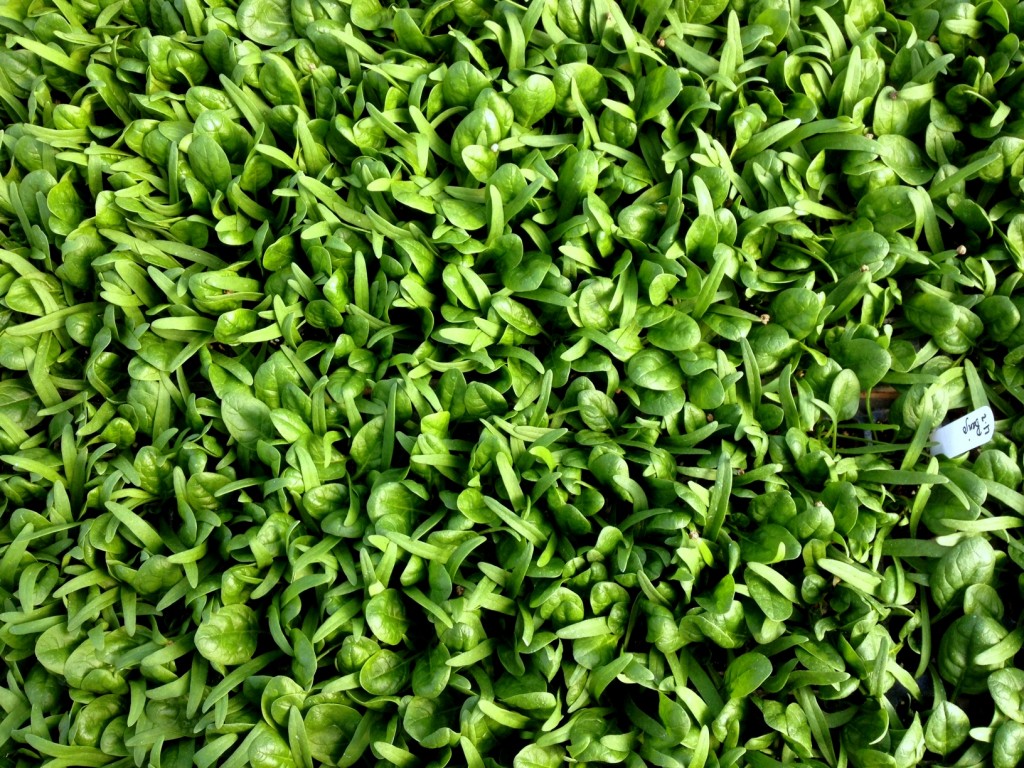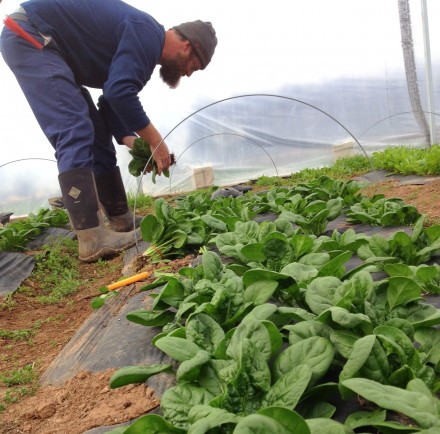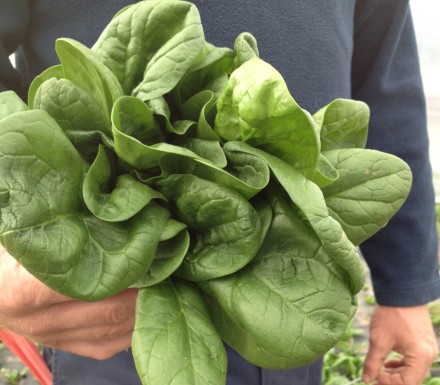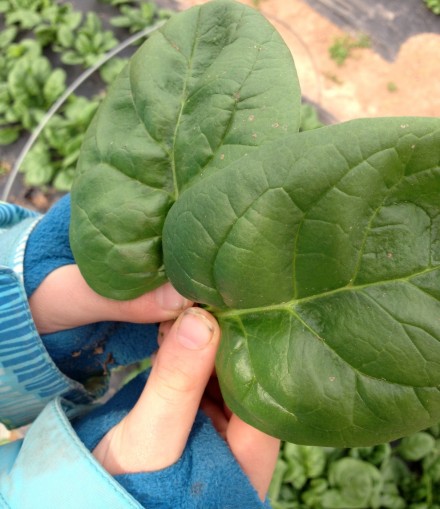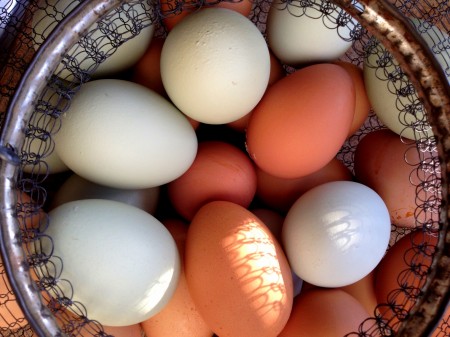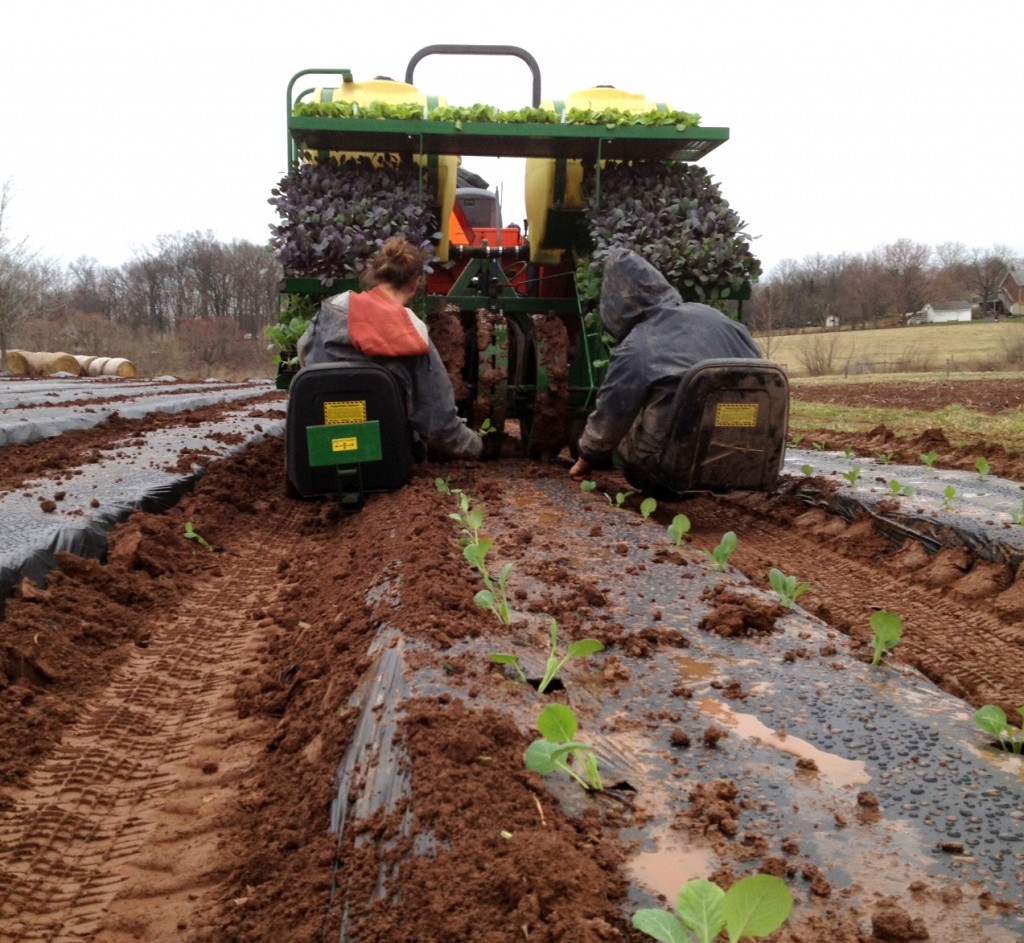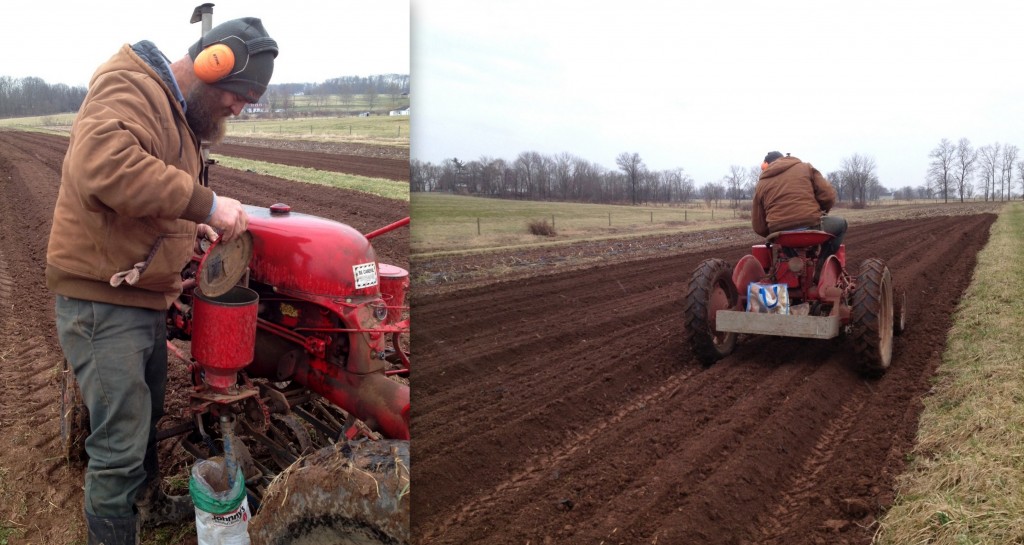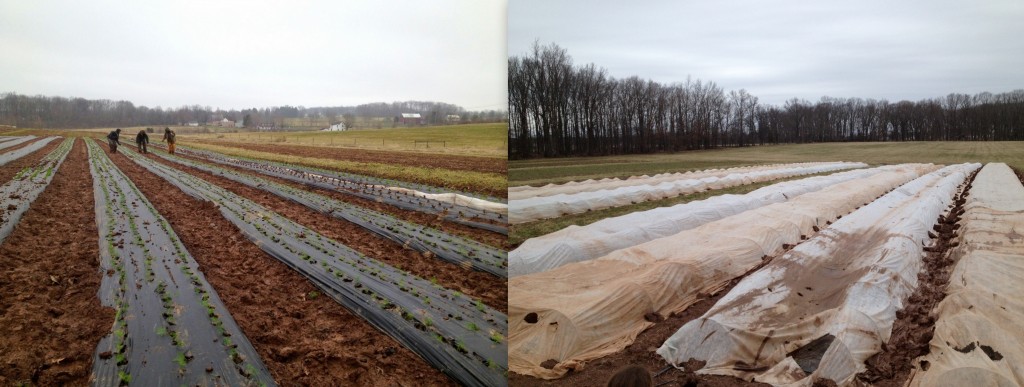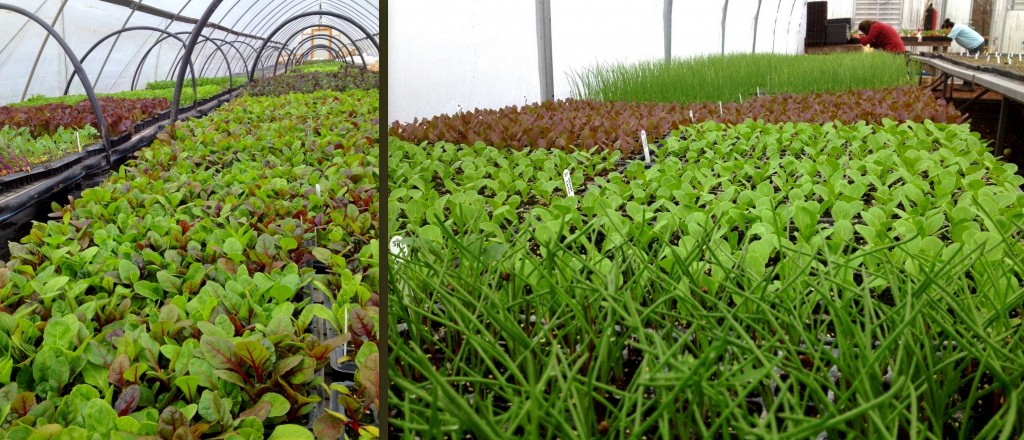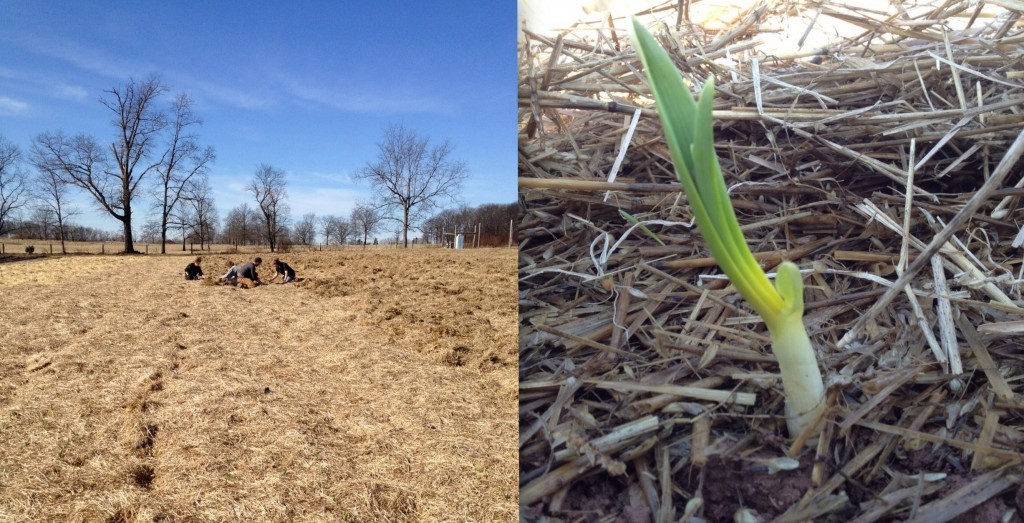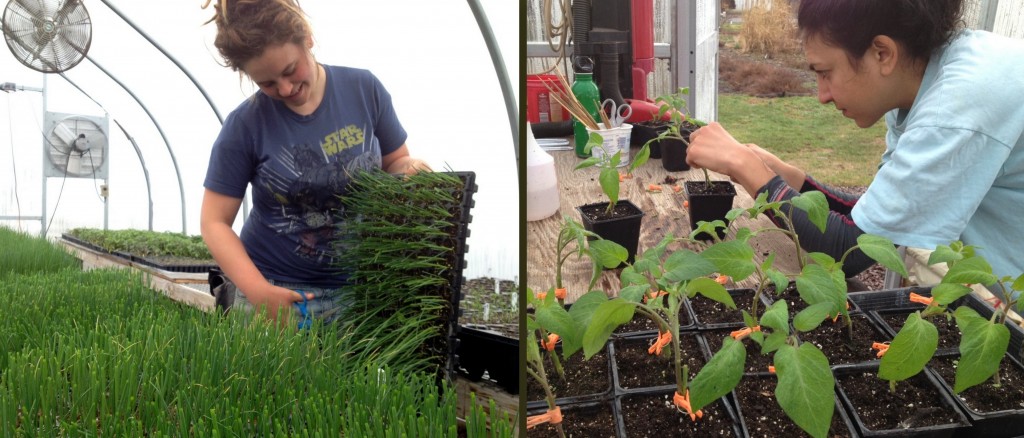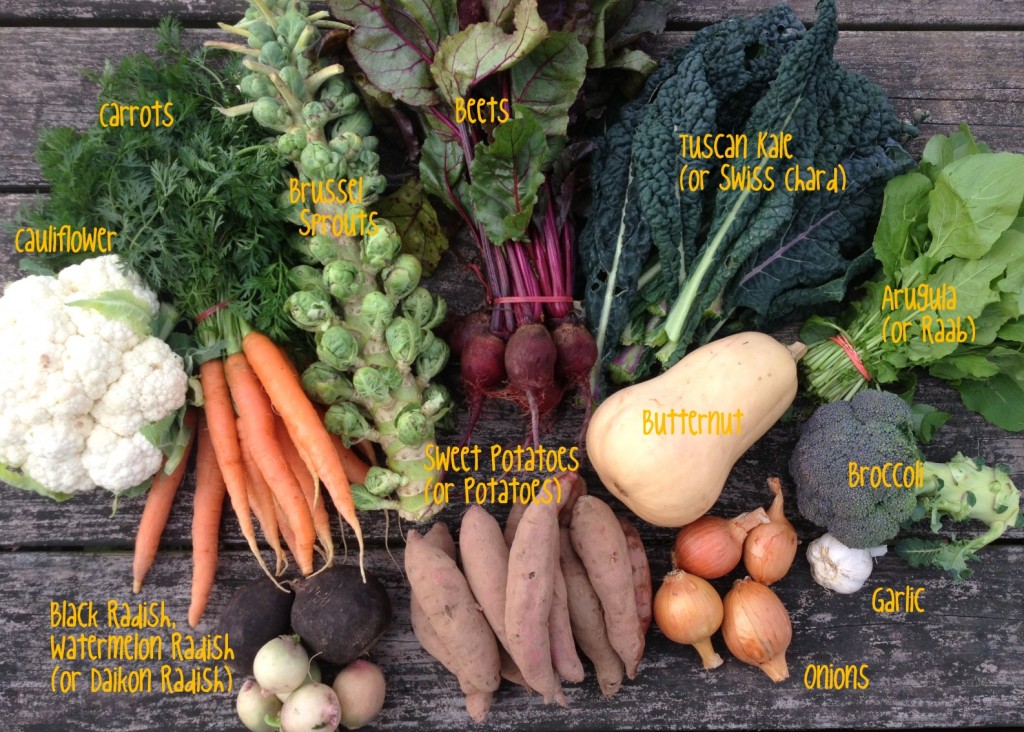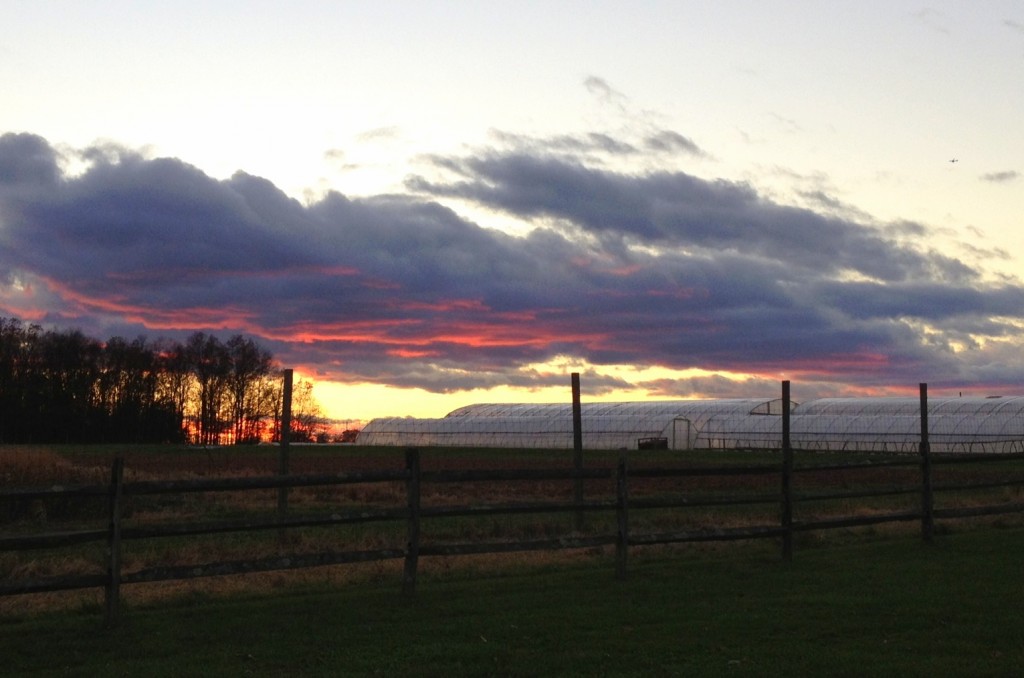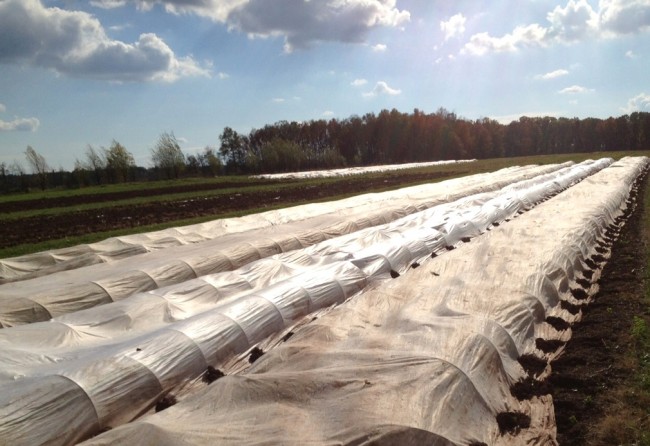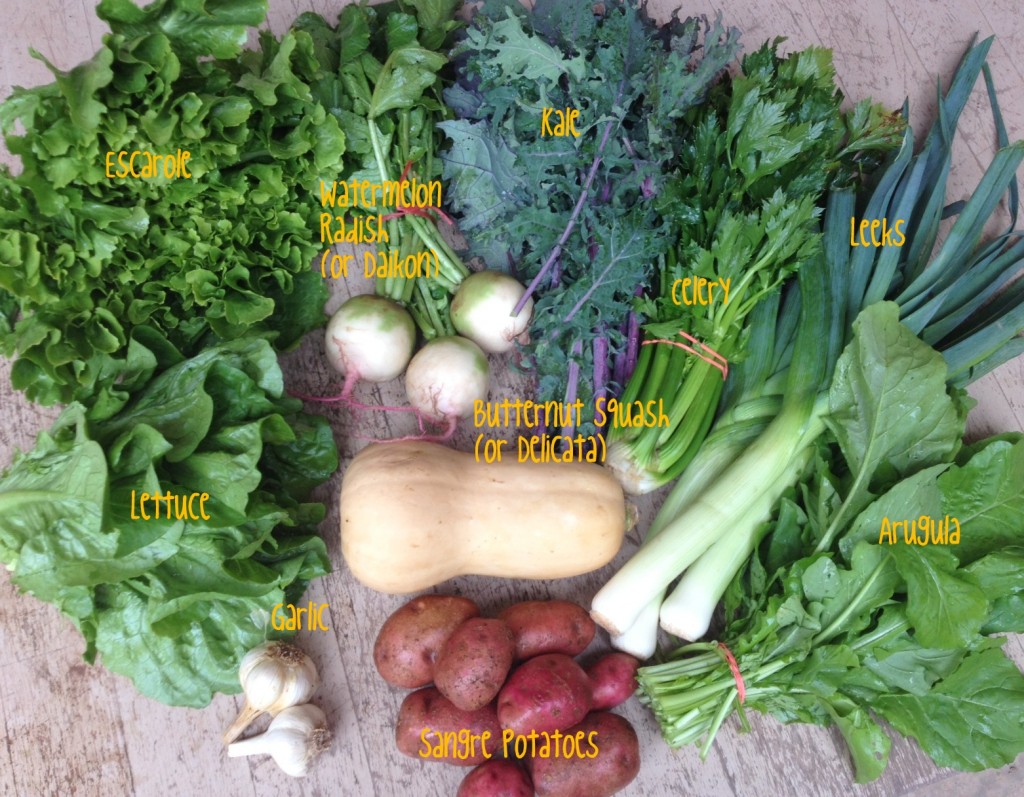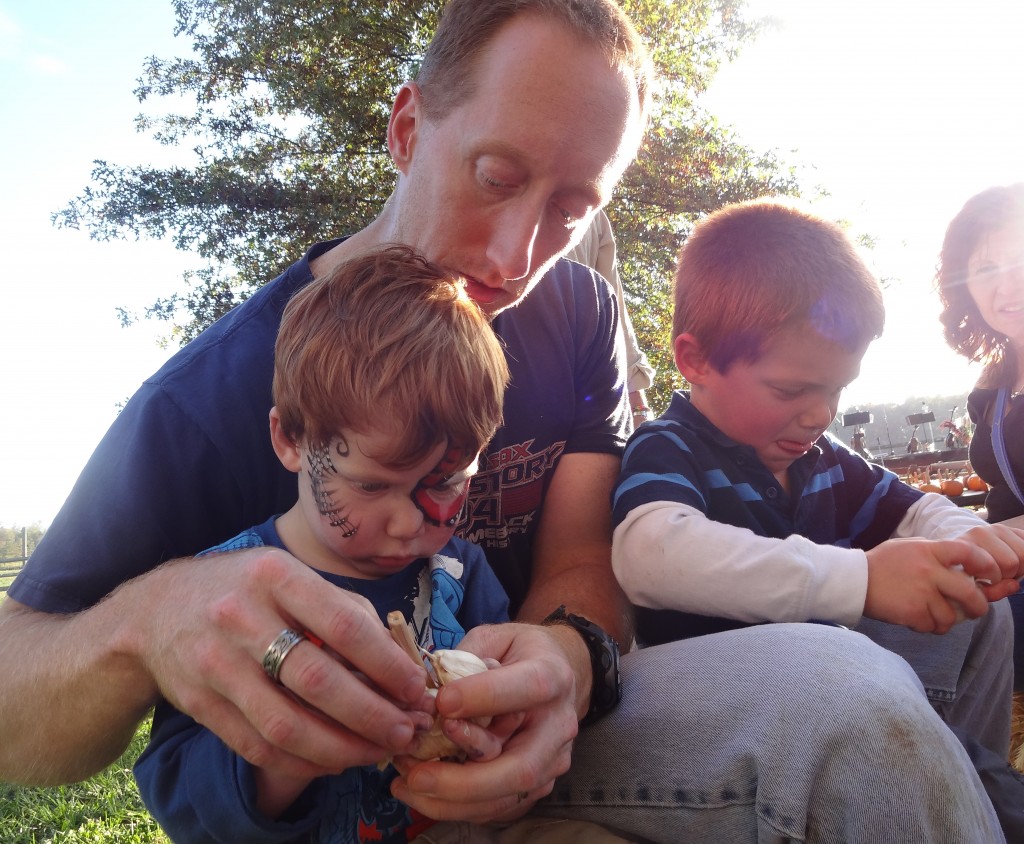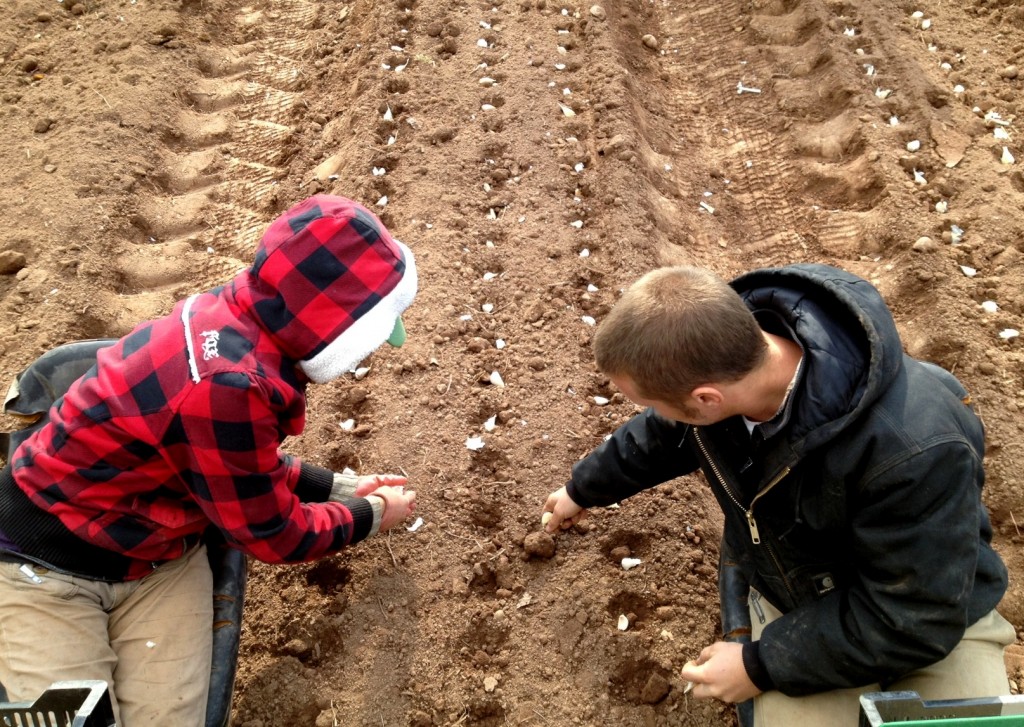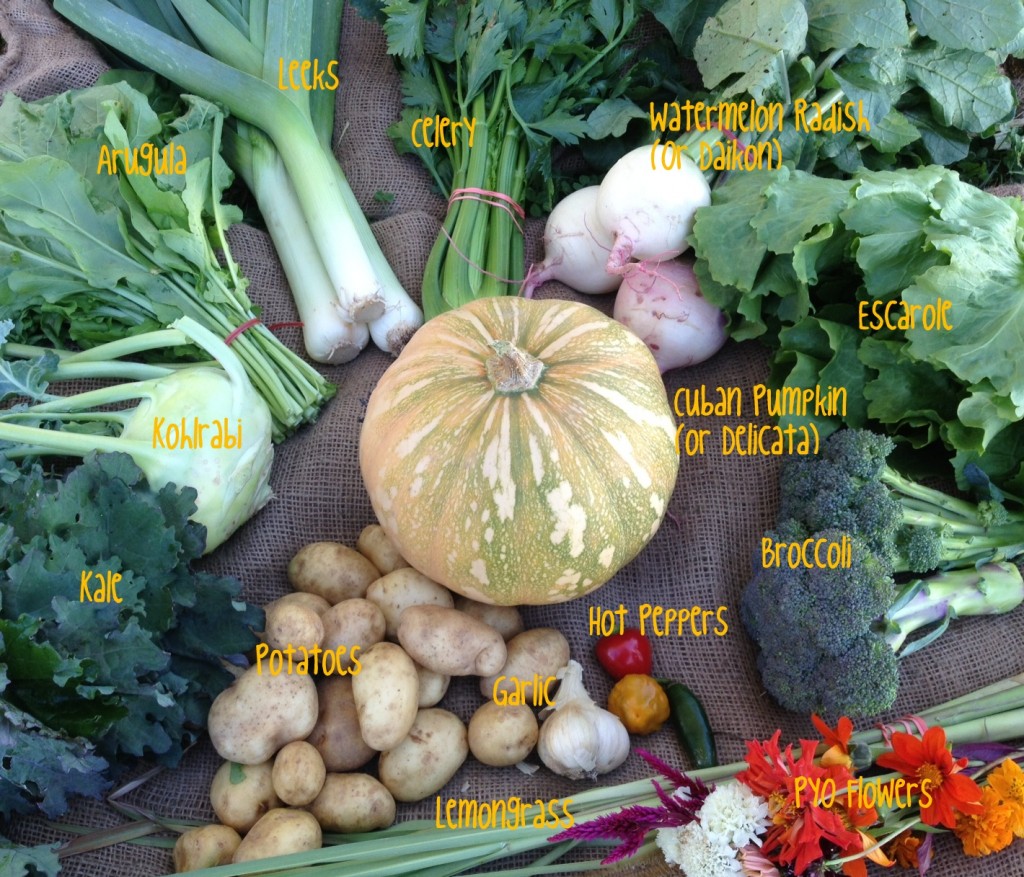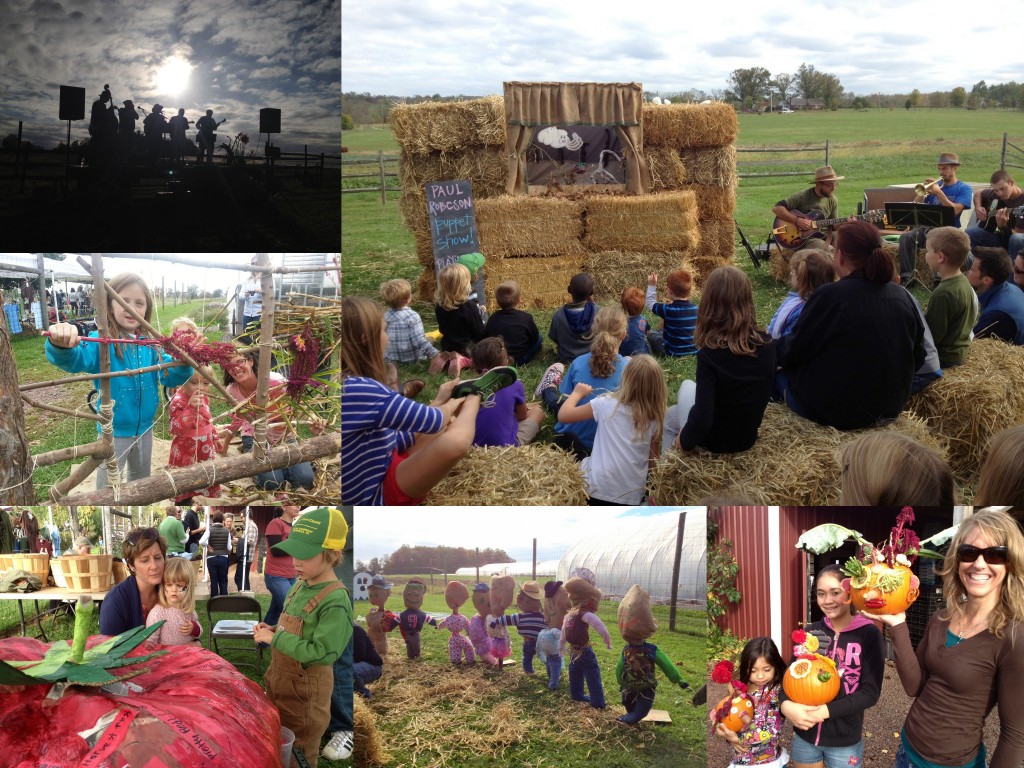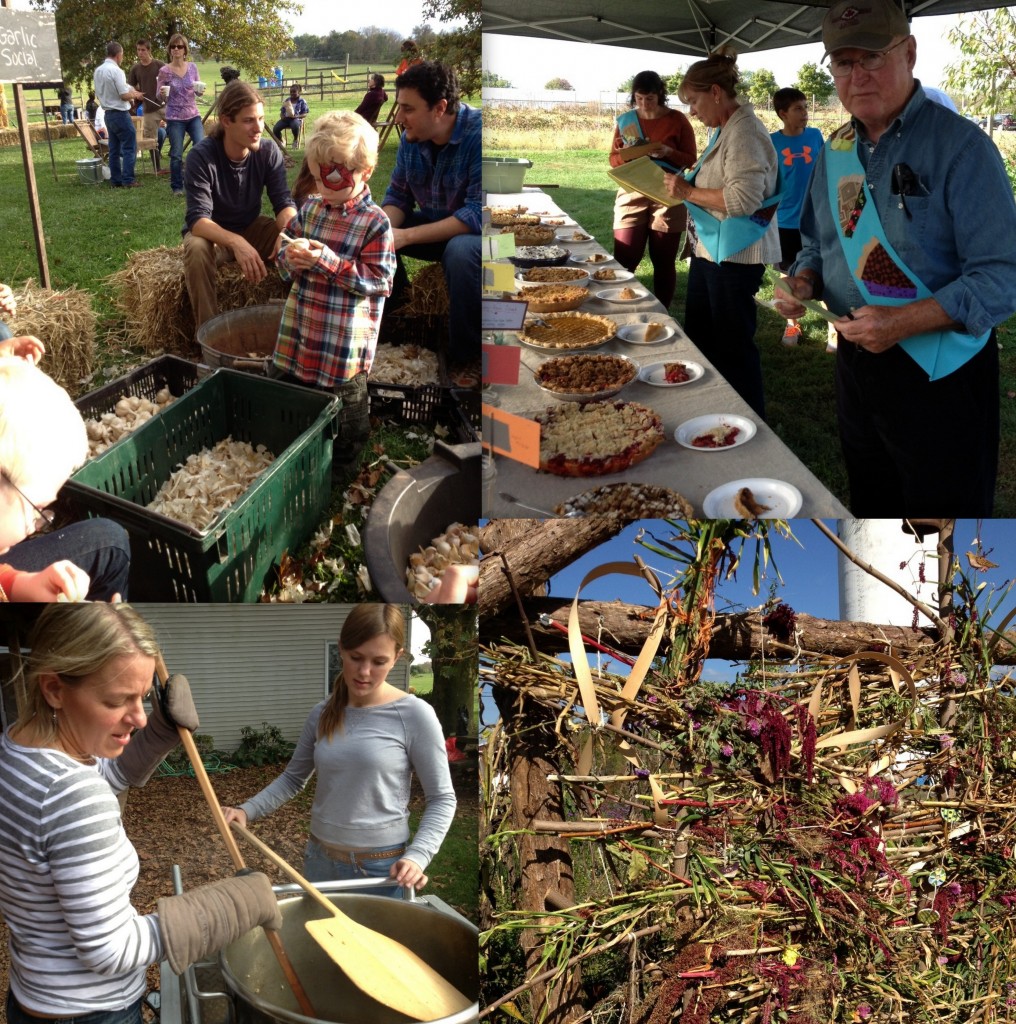There are only 5 days left to comment on the FDA’s Food Safety Modernization Act (FSMA). We know that’s not a lot of time, but as a crucial supporter of local agriculture we hope you’ll take a moment to read the following and let your voice be heard.
The Food Safety Modernization Act is the first major overhaul of our nation’s food safety practices since 1938. It represents some big changes to our food system – and it is extremely important for the Food & Drug Administration (FDA) to get these regulations right.
Why you need to give your input to the FDA:
“It’s not easy to explain, but anyone experienced with monitoring food system policy knows that the most important aspects of FSMA have little to do with issues involving water, manure, exemptions or even definitions. What we’re really dealing with here is the potential culmination of a decades-long process of government policy being used to favor a fully industrialized food system over the preceding system, which was, unconsciously and by its very nature, more local, sustainable and organic in the way it functioned.” – Brian Snyder, Executive Director, Pennsylvania Association for Sustainable Agriculture (PASA).
For commentary on this important moment in food policy, read more from Brian Snyder at his blog, Write to Farm. To clarify, we at Blooming Glen Farm take food safety very seriously, have received numerous food safety trainings over the years, and both strengthened and put into place a variety of common sense food safety practices. I particularly like Brian Snyder’s blog post from 2010, Sustainable Food Safety.
About the Food Safety Modernization Act:
FSMA gives the FDA broad new powers to prevent food safety problems, detect and respond to food safety issues, and improve the safety of imported foods. FSMA does not change food safety regulations for meat, poultry, and egg products, which are under the U.S. Department of Agriculture’s jurisdiction.
FSMA authorizes new regulations at the farm level for producers and certain facilities. Specifically, FSMA mandates the establishment of:
Standards for produce production (Produce Rule), and food safety measures for facilities that process food for human consumption (Preventive Controls Rule).
Top 10 Problems with the FDA’s Proposed Food Safety Regulations for Farmers and Local Food Businesses :
1. They’re too expensive. The rules could cost farmers over half of their profits and will keep beginners from starting to farm.
2. They treat farmers unfairly. FDA is claiming broad authority to revoke small farmers’ protections without any proof of a public health threat.
3. They will reduce access to fresh, healthy food. Local food distributors like food hubs could close, and new food businesses will not launch.
4. They make it harder for farms to diversify. Grain, dairy, and livestock farmers could be denied access to emerging local food markets.
5. They will over-regulate local food. The rules could consider farmers markets, roadside stands, and community-supported agriculture programs “manufacturing facilities” subject to additional regulation.
6. They treat pickles like a dangerous substance. The rules fail to protect a host of low-risk processing activities done by smaller farms and processors.
7. They make it nearly impossible to use natural fertilizers like manure and compost. Farmers will be pushed to use chemicals instead.
8. They require excessive water testing on farms. Farmers using water from streams and lakes will have to pay for weekly water tests regardless of risk or cost.
9. They could harm wildlife and degrade our soil and water. The rules could force farmers to halt safe practices that protect natural resources and wildlife.
10. Bonus: there’s at least one good thing about the rules. The rules take an ‘integrated’, not a ‘commodity-specific’ approach – meaning farmers won’t face over 30 separate rules for each kind of fresh produce they grow.
Give your input! The FDA’s new food safety rules must:
- Allow farmers to use sustainable farming practices, including those already allowed and encouraged by existing federal organic standards and conservation programs.
- Ensure that diversified and innovative farms, particularly those pioneering models for increased access to healthy, local foods, continue to grow and thrive without being stifled.
- Provide options that treat family farms fairly, with due process and without excessive costs.
Make Your Voice Heard: Submit a Comment to FDA Today!
FDA is seeking comments from the public – that’s you! The #1 most important thing you can do to help fix FSMA is take a few minutes RIGHT NOW to submit a comment to FDA either online or through the mail. Click here to see a sample comment to get started! It is important to personalize your comment – FDA will read every single submission, and unique comments have the most impact. The comment period deadline is November 15! It is critical for sustainable farmers and consumers who care about where their food comes from to write comments to FDA about the proposed regulations to ensure that FDA correctly implements FSMA!
For more information on FMSA and its potential impact on small farms and producers, go to the National Sustainable Agriculture Coalition’s website.
Says PASA’s Brian Snyder: “If you have not already weighed-in with written comments on the FSMA rules, you are in danger of forfeiting your opportunity to participate in history. Everything you need to know about the proposed regulations and how to comment can be found on the NSAC website, or even more succinctly on the PASA website (thanks to NSAC, of course).”
In a nutshell:
There are two ways to submit your comments:
- Comment electronically at http://www.regulations.gov/#!docketDetail;D=FDA-2011-N-0921
- Written comments may be faxed to the FDA at 301-827-6870 or you may mail them to:
Division of Dockets Management (HFA-305)
Food and Drug Administration
5630 Fishers Lane, Room 1061
Rockville, MD 20852





